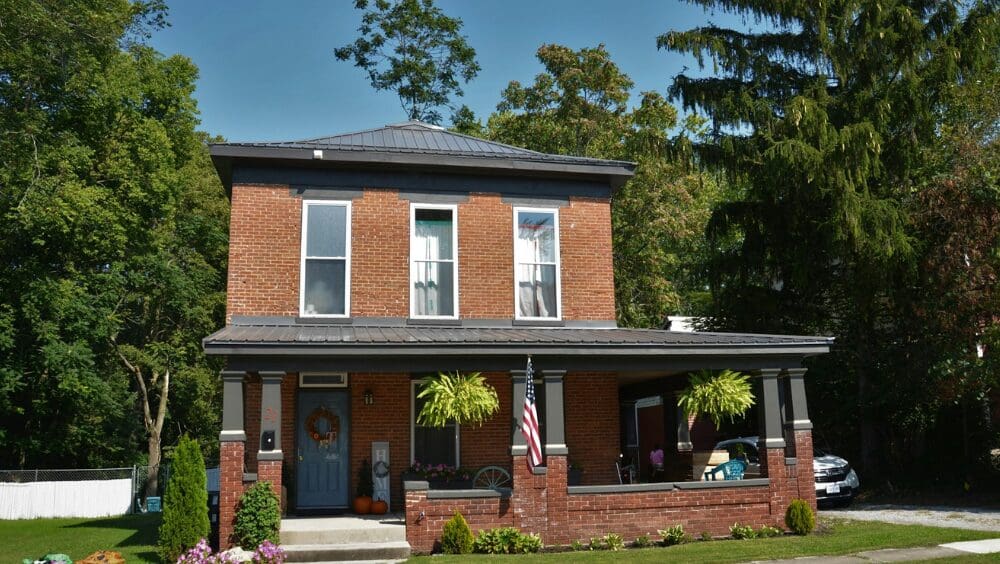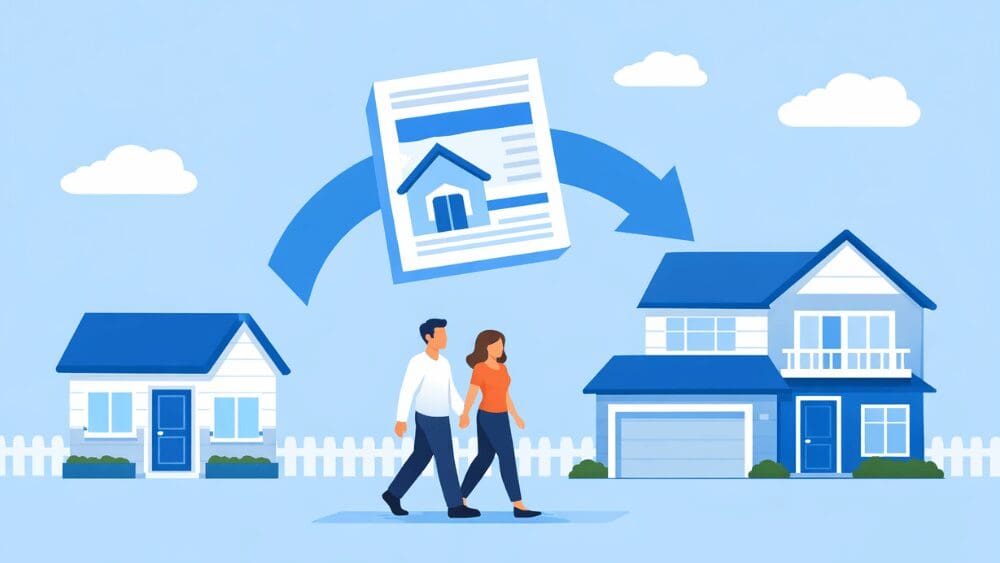
Navigating the real estate market in Maryland can feel like a high-stakes balancing act, especially when trying to sell your old home and simultaneously secure your new dream house. The challenge becomes even more daunting in a market characterized by low inventory and soaring prices. Often, it might seem like your only option is to sell your current property, find temporary accommodation, and then embark on the hunt for your new home. However, there’s a strategic solution that might just be the perfect fit for your situation: a bridge loan. This short-term financing option offers a seamless transition by empowering you to purchase your new Maryland home before selling your old one, ensuring you don’t have to juggle between selling, moving, and buying in a tight timeline. In this guide, we’ll present the mechanics, pros, cons, and alternatives to bridge loans, in Maryland, ensuring you have all the tools you need to make the best decision on how to “Buy Before You Sell.” A bridge loan is an interim financial solution for homeowners like you, designed to facilitate the purchase of a new home in Maryland before selling your current one. It uses the equity in your existing home to provide immediate funds for a down payment and closing costs on your new property. Essentially, it acts as a temporary bridge, filling the financial gap between buying your new home and selling the old one. Bridge loans are typically short-term, usually lasting six months to a year, with the possibility of extension based on your financial situation and the lender’s policy. Keep in mind that these loans often have slightly higher interest rates than traditional mortgages due to their brief term and the inherent risks for lenders. In Maryland, a common scenario where you might find a bridge loan incredibly useful is when you’re eager to secure your new home before your current property has sold. Here’s how it typically unfolds: You use the equity from your existing home to cover the down payment and closing costs of your new property. This strategy is particularly advantageous in Maryland’s competitive real estate market, where waiting to sell before buying might mean missing out on your ideal home. Who handles the loan: Often, the same lender who’s handling your mortgage for the new home will also provide your bridge loan. They usually require that your current home is actively listed for sale and offer the bridge loan for a period ranging from six months to a year. Balancing debt: A key factor in this process is your debt-to-income ratio (DTI). Your lender will calculate this ratio by considering the payments on your existing mortgage, the payments for the new home, and any interest-only payments on the bridge loan. However, if your current home is already under contract and the buyer is fully approved for their loan, your lender might only consider the mortgage payment of your new home in the DTI calculation. This flexibility is crucial as it helps ensure that you can comfortably manage payments on both properties during the transition period, particularly if your current home doesn’t sell immediately. In Maryland, bridge loans offer several benefits that make them an attractive option for homebuyers facing the common dilemma of needing to buy a new home before selling their old one. Here are some of the key advantages: These benefits collectively make bridge loans a practical and convenient financing option for Maryland buyers who need immediate liquidity before the sale of their previous home. While bridge loans offer flexibility and can ease the transition between selling and buying homes, they also come with certain drawbacks that are important to consider: These factors highlight the importance of carefully considering your financial situation and consulting with a financial advisor before deciding on a bridge loan. A bridge loan isn’t the right choice for every real estate transaction, but in certain situations, it can significantly ease the transition from your current home to a new one. Here are scenarios where a bridge loan might be the ideal solution: Especially if you’re unable to prepare or stage your current home for sale while still living in it, a bridge loan offers a practical solution. It allows you to move out, thus enabling you to stage or renovate the property. This can not only speed up the sale but also potentially increase your home’s market value, making the bridge loan a strategic financial move.What is a bridge loan, in simple words?
How does a bridge loan work in Maryland?
What are the benefits of a bridge loan in Maryland?
What are the drawbacks of a bridge loan?
When is a bridge loan a good solution?



